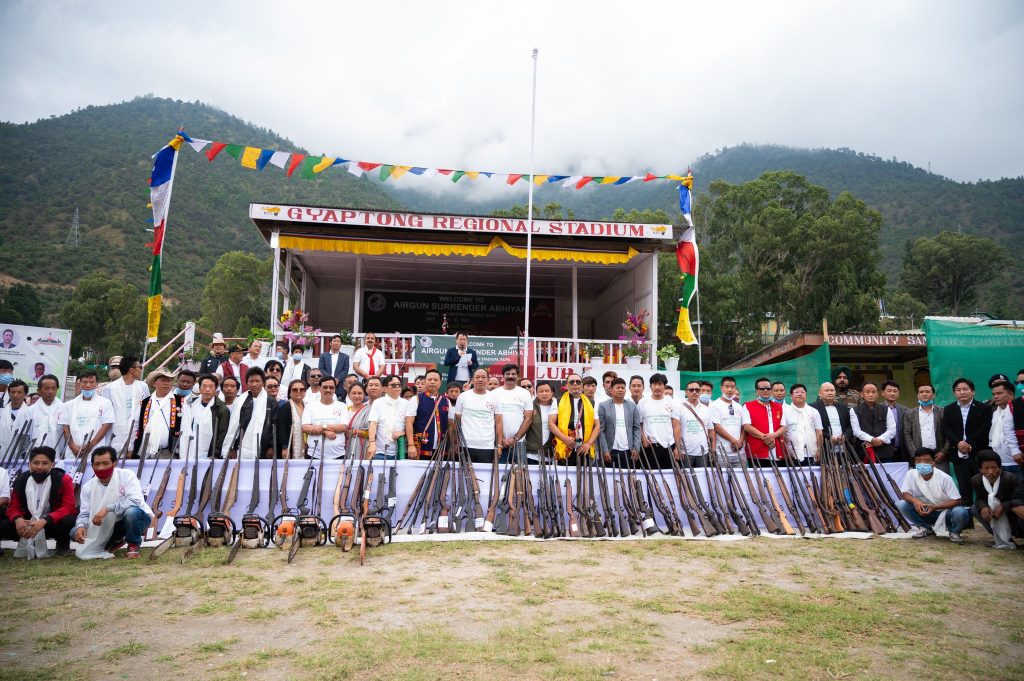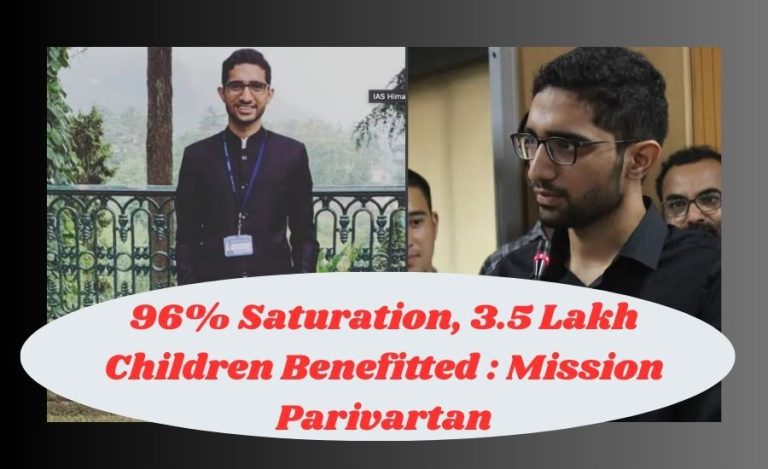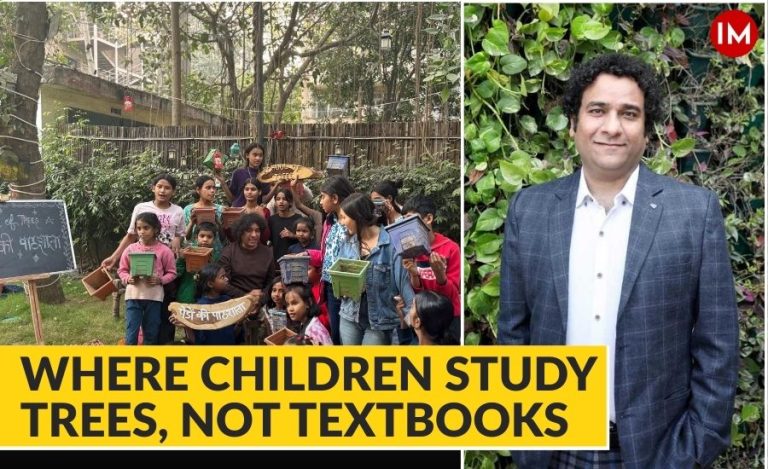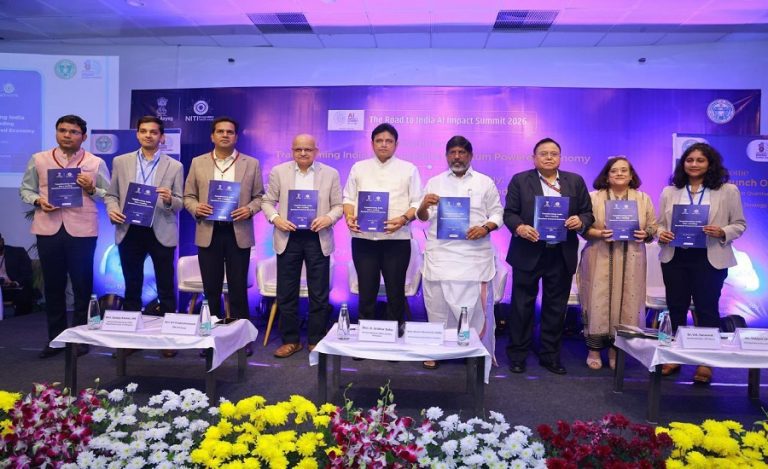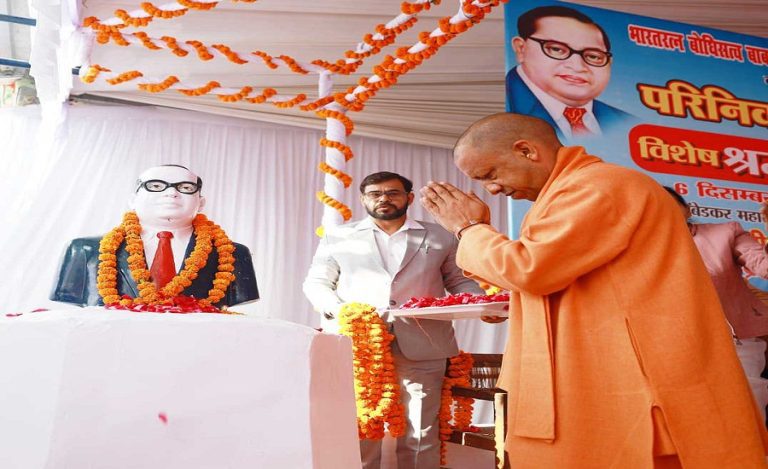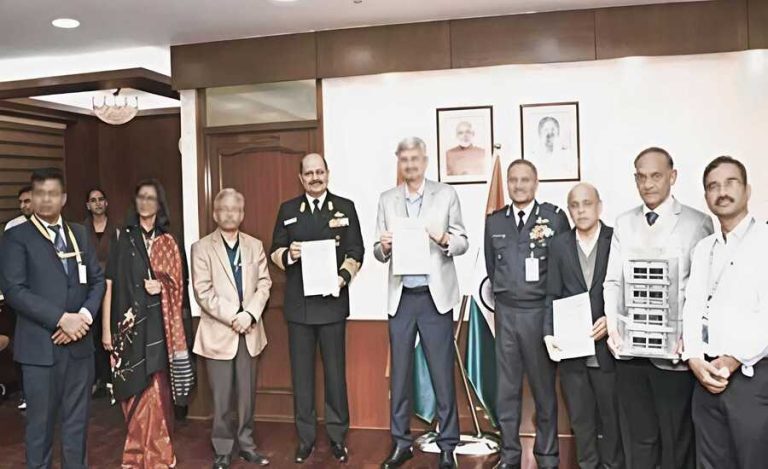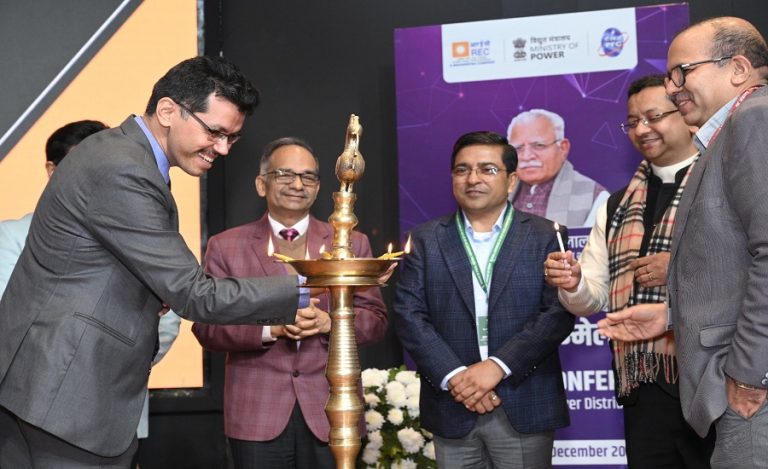There used to be a saying – when you stop noticing birds in the sky, assume that you have entered Nagaland. Neighbouring Arunachal Pradesh too was no different. Youngsters used to shoot everything flying naturally for eating. But, the practice is on decline. Thanks to an initiative in Arunachal Pradesh which has brought recognition and award for an IFS officer.
The initiative is called ‘Airgun Surrender Abhiyan’, and as the name suggests, it involves voluntary surrender of air guns by the local people to the administration. Till now, more than two thousand airguns have been surrendered by people of the state. Of this, more than two hundred airguns were surrendered in IFS officer Abhinav Kumar’s area of work – Hapoli forest division in Ziro. The 2014-batch officer received a certification of appreciation from the department of Environment and Forest for extraordinary efforts to positively influence and motivate the local residents of three districts which falls under the Hapoli forest division.
Indian Masterminds spoke to IFS officer Abhinav Kumar to find out how he successfully managed to persuade people to surrender their guns and make the initiative a success.

AIRGUN SURRENDER ABHIYAN
The Airgun Surrender Abhiyan started on 17th March 2021. The successful initiative has shown the way to deliver results in environment conservation and the Centre has decided to roll out similar drives across the country with the help of retired forest workers and representatives of social organisations for wildlife conservation. Recently, Union Minister of State for Environment Ashwini Kumar Choubey urged people not to hunt animals and birds and said that retired forest workers and representatives of social organisations will be roped in for the ‘Air Gun Surrender Campaign’ to be launched soon across the country.
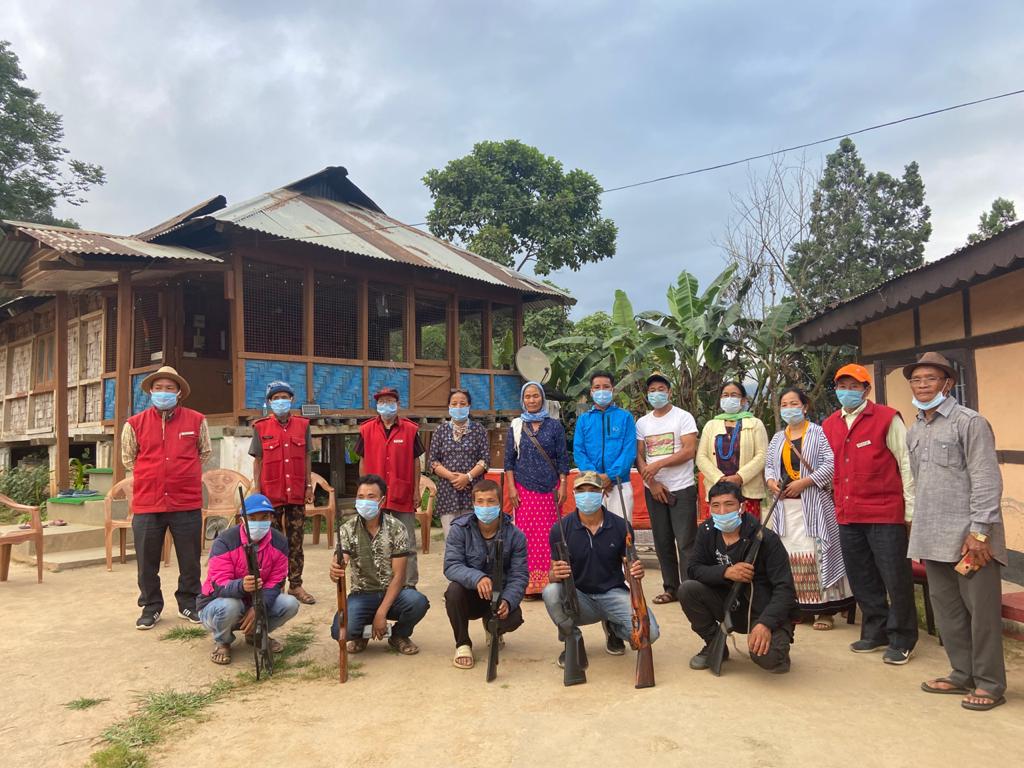
ARUNACHAL’S SUCCESSFUL CAMPAIGN
Mr. Abhinav Kumar told Indian Masterminds that it feels great when one’s efforts bring about a change. And these changes add up to something big – a picture that’s not conceived when you started making the efforts. His words clearly indicate how satisfying such successful initiatives are for a forest service officer.
“We all know that it is very easy to have an air gun under the Arms Rule. We can also order these guns online. This is one of the reasons that birds are hunted not only in Arunachal but all over India. So, when the Arunachal government started ‘Airgun Surrender campaign’, we all tried our best to make it a success. We went to the people and told them why it is so important, why they shouldn’t hunt. Instead, we inspired them to save the environment,” the officer said.

SUCCESSFUL IMPLEMENTATION
Mr. Kumar said that everyone tried their level best to make this campaign a success. “The success of this campaign is not just the achievement of any department or officer, but it is a joint effort of all and that is why it was successful. We used to work at the panchayat level by connecting with the people of the village, meet the elders of the villages, towns and blocks, and explain to the young people along with them. Thus, the campaign turned into a movement.”
He also informed how the range officers would work closely with the gram panchayat members and zilla panchayat members of an area, persuading people to surrender their airguns. After that, an event to surrender the guns would be organized. After a person surrenders a gun, a certificate is given to him, and he is felicitated with a local shawl or a ‘gamocha’.

The officer said, “We explained to the people through counselling, involved local NGOs and organised street plays and stage plays. We called performing groups from colleges and asked them to do plays in rural areas and even at the block level. The whole exercise has been possible solely because of community involvement.”
ENCOURAGING RESULTS
As a result of the impact of this campaign, 1700 air guns have been surrendered across Arunachal so far. On an average, 2 guns are surrendered almost every day. The state has received an environment award for this.

Mr. Kumar said, “My forest division covers about 30 to 35 villages in 3 districts of the state. So far more than 200 airguns have been surrendered here. When we used to do awareness program, we used to tell people that on an average 50 birds are killed by 1 airgun, so if we get 100 airguns, we will save at least 5 thousand birds in a year. By saving these birds, we will also be saving their babies. So, actually, this number becomes about 10 thousand.”
JOIN GAMES, QUIT HUNTING
Hunting of wild animals is illegal in India, although it is part of the culture of many tribal communities of the country. Mr. Kumar said that everyone has contributed to this problem. When there was no meat market, people used to hunt and eat meat. Also, hunting used to be a tradition in many places. But with the advent of guns, its numbers have increased tremendously. Although there are some festivals where ritualistic hunting still takes place, nowadays it has become a part time activity for the youth.
“That is why, under our campaign, we ask the youth to join sports and also guide them. We have the example of Manipur which is doing very well in sports. Hunting can also be eliminated through sports.”

PM MODI APPRECIATES
In his 84th edition of Mann Ki Baat, Prime Minister Modi lauded the air gun surrender campaign and its impact in Arunachal Pradesh. He stated that over 1600 residents of the state ‘voluntarily’ surrendered their guns. He said, “The bird population across forests have started to diminish. To keep this in check, the Air Gun Abhiyan is going on. People of Arunachal Pradesh voluntarily surrendered over 1600 Air Guns to preserve nature and uplift conservation. I commend them for the endeavour.”

ARUNACHAL: HOTSPOT OF DIVERSITY
Arunachal Pradesh covers an area of 83,743 sq km, with almost 80 per cent being forested areas, where there are some 500 species of birds and animals, perhaps many more undiscovered. According to the state forest department website, it has 20 per cent species of country’s fauna and a wide variety of flowering plants, pteridophytes, conifers, bamboos, canes, rhododendron species and more than 500 species of orchids and is considered as one of the 12 mega diversity hotspots in the world. There are more than 600 orchids, 500 plus bird species, including rare birds such as Bugun Liocichla and Bengal Florican.
पूरे देश में एयर गन सरेंडर अभियान को गति दी जाएगी। आज ईटानगर अरुणाचल प्रदेश में एयर गन सरेंडर करने वालों को सम्मानित किया। पूरे देश में एयर गन सरेंडर अभियान चलाया जाएगा। इसमें सेवानिवृत्त वनकर्मी, सामाजिक संगठनों के प्रतिनिधि आदि को जोड़ गति प्रदान की जाएगी। (1/2) pic.twitter.com/8E9eJtMoRL
— Ashwini Kr. Choubey(मोदी का परिवार) (@AshwiniKChoubey) September 23, 2021
It feels great when your efforts bring about a change. And these changes add up to something big -a picture that you could not have conceived when you started making your efforts.
— Abhinav Kumar (@AbhinavKumar623) December 28, 2021
Thank you @ArunForests and @NatungMama for appreciating that change for the #AirGunSurrenderAbhiyan pic.twitter.com/T2ZA9rqZQm

